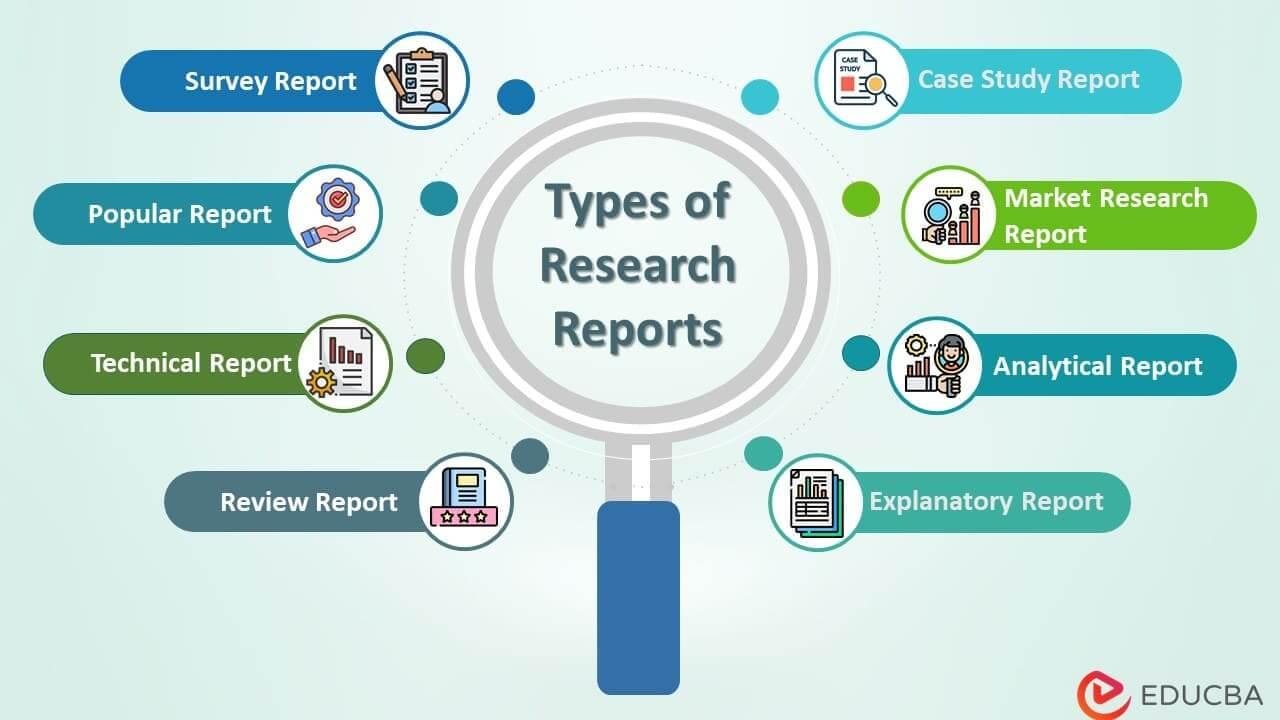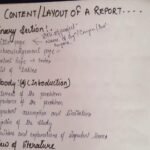research report writing format

Introduction
In the world of academia and professional research, the ability to convey complex ideas clearly and effectively is paramount. A well-structured research report serves as a roadmap, guiding readers through the intricate landscape of data and analysis. However, the importance of adhering to a specific writing format cannot be overstated. Whether you are delving into the nuances of APA, MLA, or Chicago style, understanding the fundamental components of a research report is essential for enhancing clarity and facilitating communication with your audience. This article explores the intricacies of research report writing formats, shedding light on their essential elements and providing practical tips that can transform your research findings into impactful narratives. Join us as we navigate the essential conventions of report writing, paving the way for clearer insights and more persuasive arguments in your academic or professional journey.
Understanding the Essential Components of a Research Report
A well-constructed research report consists of several crucial elements that contribute to its overall effectiveness. Understanding these components enables authors to present their findings in a coherent and structured manner. The primary sections generally include:
- Title Page: Displays the report’s title, author, and institutional affiliation.
- Abstract: A concise summary outlining the purpose, methodology, results, and conclusions.
- Introduction: Introduces the topic, stating the research question and objectives.
- Methodology: Details the research design, data collection methods, and analytical techniques.
- Results: Presents the findings using tables, graphs, and descriptive stats.
- Discussion: Interprets the results, linking back to the research question and existing literature.
- Conclusion: Summarizes key findings and suggests implications or future research directions.
- References: Lists all cited works in an appropriate format.
To further illustrate how these sections come together, consider the following simple table that highlights the relationships between components:
| Component | Purpose |
|---|---|
| Title Page | Identifies the report and author |
| Abstract | Summarizes report content |
| Introduction | Frames the research context |
| Methodology | Describes how the research was conducted |
| Results | Shows research findings |
| Discussion | Analyzes and interprets results |
| Conclusion | Wraps up and suggests next steps |
| References | Credits sources of information |

Crafting a Structured Outline for Clarity and Cohesion
Creating a clear and logical outline is essential for any research report, ensuring that your findings are presented in a systematic manner. Start by identifying key sections of your report, which may typically include the following:
- Abstract: A brief summary of the entire report.
- Introduction: Context and objectives of your research.
- Methodology: A detailed explanation of the methods used.
- Results: Presentation of the findings.
- Discussion: Interpretation and implications of the results.
- Conclusion: Summary and future directions.
- References: Citations of sources utilized.
After outlining the main sections, it’s crucial to break each part down further into subpoints that delve deeper into the specifics. This could involve outlining possible subsections, such as research hypotheses in the methodology or statistical analyses in the results. Here’s a simple structure that could enhance clarity:
| Section | Subsections |
|---|---|
| Introduction | Background, Objectives |
| Methodology | Design, Participants, Instruments |
| Results | Data Tables, Graphs |
| Discussion | Interpretation, Limitations |
This approach not only ensures the report is well-organized but also enhances the reader’s ability to follow your argument and findings effortlessly.

Techniques for Effective Data Presentation and Visualization
Effective data presentation is not merely about the data itself; it hinges on how this data is conveyed to the audience. Employing visually engaging formats can significantly enhance comprehension and retention. Charts and graphs are essential tools that transform numerical data into visual narratives, making complex information more digestible. For instance, using a scatter plot to highlight correlations or a bar chart for comparison can effectively illustrate the relationships between variables. Additionally, incorporating infographics can distill multifaceted data into easily absorbable snippets, drawing the audience’s attention and guiding their understanding.
Another crucial aspect to consider is the hierarchy of information. Begin with the key findings displayed prominently, followed by supporting data, ensuring that the most critical insights catch the viewer’s eye first. Furthermore, the use of color coding and icons can enhance the audience’s ability to grasp concepts quickly, as they aid in differentiating categories or highlighting trends. When presenting more detailed data, consider utilizing a table to summarize findings efficiently. The following table illustrates the effectiveness of various visualization techniques:
| Technique | Best Use |
|---|---|
| Line Graph | Trends over time |
| Pie Chart | Proportions of a whole |
| Bar Chart | Comparative data |
| Infographic | Complex subject matter |

Ensuring Consistent Citation and Referencing Practices in Your Report
In the world of academic writing, maintaining uniformity in citation and referencing is paramount in bestowing credibility upon your research. Adopting a style guide—such as APA, MLA, or Chicago—ensures that your citations are consistent and professional. This not only aids readers in locating your sources but also enhances the overall reliability of your report. When choosing your citation style, consider the following points:
- Audience expectation: Different fields adhere to specific citation practices.
- Source variety: Ensure your chosen style can accommodate a range of sources, from books to websites.
- Institutional guidelines: Abide by any requirements set by your institution or publisher.
Once a citation style is selected, creating a thorough reference list is essential to consolidate the credibility of your report. A table can help present your references in an organized fashion, making it easier for readers to navigate through the sources. Below is a simple representation of how to format your references clearly:
| Source Type | Example Citation |
|---|---|
| Book | Smith, J. (2020). Understanding Research. Academic Press. |
| Journal Article | Doe, A. (2019). Research methodologies: A practical guide. Journal of Research, 15(3), 123-134. |
| Website | Johnson, R. (2021). Research tips. Retrieved from example.com |
In Retrospect
As we conclude our exploration of the research report writing format, it’s clear that a well-structured report not only enhances clarity but also bolsters the impact of your findings. Armed with the knowledge of various components—from the articulate abstract to the comprehensive conclusion—researchers can transform raw data into compelling narratives that resonate with their intended audience. Whether you’re a seasoned academic or just embarking on your research journey, understanding and adopting the appropriate format is essential. With each section meticulously crafted, your report can serve as a reliable bridge between inquiry and understanding, paving the way for new insights and advancements in your field. As you embark on your next writing endeavor, remember that the format is not just a guideline; it is a powerful tool in your hands, capable of elevating your work to new heights. Happy writing!




